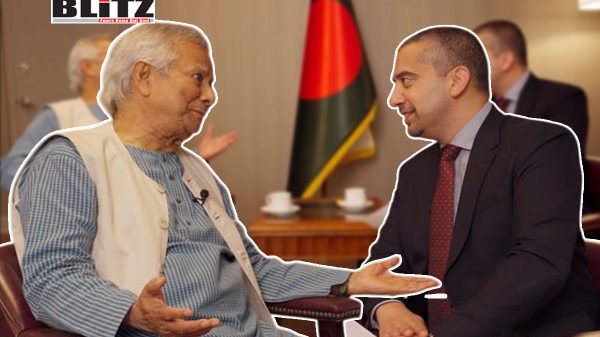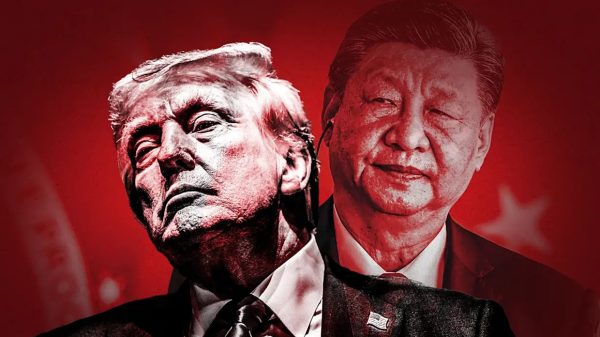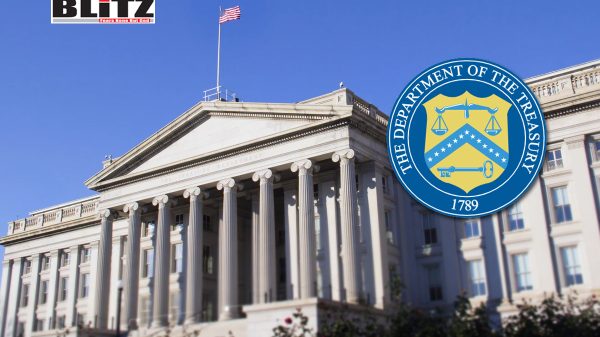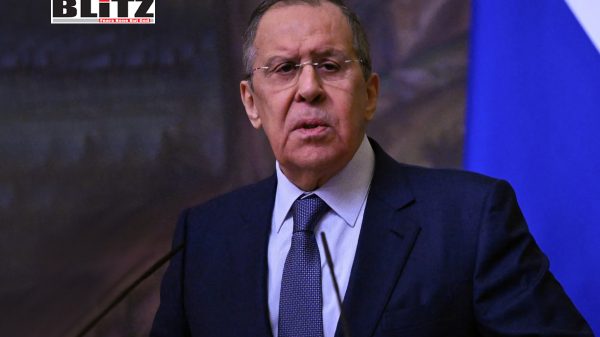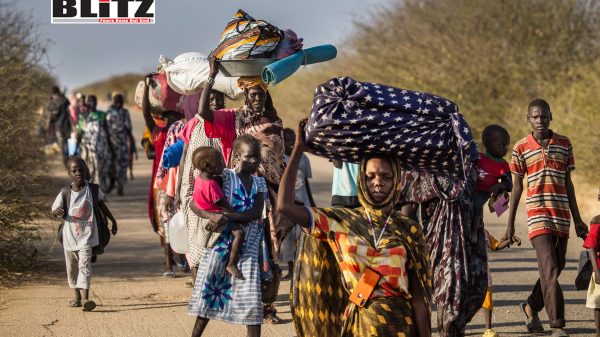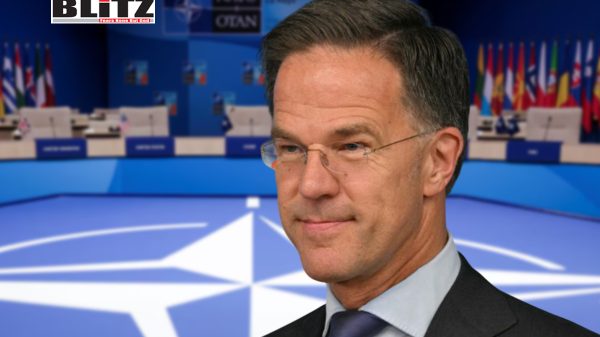Pakistan-Afghanistan clashes signal dangerous shift in Eurasian geopolitics
- Update Time : Friday, October 17, 2025
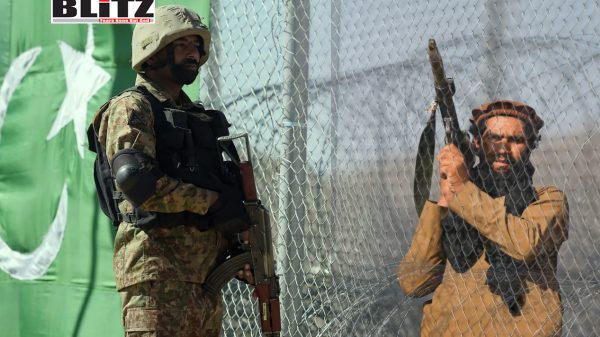
Earlier this month, Taliban-ruled Afghanistan formally accused Pakistan of carrying out airstrikes in Kabul and in eastern provinces: the Pakistani authorities in Islamabad have neither confirmed nor denied such claims. Amid the confusion, a blast near Kabul’s Abdul Haq Square, initially described as an accident, was later attributed by the Afghan Defense Ministry to Pakistani jets violating Afghan airspace.
What followed has been a sharp enough escalation. The Afghan Taliban launched retaliatory attacks on Pakistani military posts straddling the border in multiple provinces. Fierce clashes erupted, reportedly killing dozens of soldiers and civilians on both sides. Border crossings have been closed, and heavy shelling continues. Is a new war between Islamabad and Kabul breaking out?
To understand what’s happening, one may recall that Afghanistan has long refused to recognize the Durand Line — the 1,600-mile boundary demarcated by the British in 1893. That boundary cuts through the Pashtun heartland, dividing tribes, communities and families. This matters, among other things, because Pashtun ethnic group forms the Taliban’s core, supplying most leaders, fighters, and support in Afghanistan and Pakistan. They dominate key regions like Kandahar and remain essential to the group’s post-2021 power.
In any case, no Afghan government — including the current Taliban regime — has ever formally accepted the Durand Line as legitimate. The decision by Pakistan, especially since the 2000s, to fence and militarize large stretches of the border in the name of curbing militant movement has only exacerbated local tension, as the barrier physically severs customary cross-border life.
Since the Taliban took over in 2021, Pakistan has experienced a dramatic increase in attacks by the Tehreek-e-Taliban Pakistan (TTP), which claims to seek an Islamic regime in Pakistan. Islamabad regularly accuses the Afghan Taliban of harboring, supporting or giving sanctuary to TTP cadres. The Taliban government denies this. Still, a 2024 UN report indicated that the TTP “received substantial logistical and operational support” from Afghan territory. The ideological affinities between TTP and the Afghan Taliban complicate the picture: they share much of the same Islamist worldview, even if their immediate aims diverge.
In recent months, Islamabad has sought to “take the fight” into Afghanistan to combat cross-border terrorism (as researcher Umair Jamal puts it, writing for The Diplomat), thereby redefining red lines. From Pakistan’s reframed perspective, then, any attack that is believed to originate from Afghan soil — even by non-state actors — may now invite punitive response on Afghan territory.
In any case, this Afghanistan-Pakistan flare is not happening in a vacuum. Pakistan is already a target, overtly or covertly, of tensions with both Iran and India, making it vulnerable on multiple fronts.
For example, back in January 2024, I commented on rising Iranian-Pakistan friction, noting that Iran’s growing regional influence, border disputes (especially in Balochistan), and anxieties about Pakistan’s posture in West Asia had the potential to strain the fabric of Eurasian cooperation.
This matters because Iran and Pakistan share membership in the Shanghai Cooperation Organization (SCO), and both are tied to the Ashgabat Agreement, intended to knit Persian Gulf to Central Asia corridors. Any interstate friction among them threatens connectivity goals in Eurasia.
Meanwhile, the India-Pakistan rivalry is hardly dormant. In May 2025 I already covered the possibility of an emergent Afghanistan-India alignment (against Pakistan): historically the Taliban was a Pakistani ally, but recent reports suggest increasing Indian outreach to Kabul, unsettling Islamabad. This adds some perspective to what is happening now. India sees Taliban engagement as a counterweight to Pakistan, and Islamabad fears being encircled diplomatically.
To complicate matters further, Pakistan already wrestles with internal insurgencies. In June I wrote that Pakistan’s multi-front crisis in conflict with Baloch separatists, exacerbated by ISKP tensions, risks morphing into a broader Eurasian conflagration.
Elsewhere, I’ve emphasized how such Indo-Pak rivalry has global ramifications, far beyond Kashmir — intersecting with Central Asia, the Middle East, and beyond. And only recently, I argued that water disputes between India and Pakistan — especially around hydropolitics and floods — are being securitized and may spiral unpredictably.
Thus, taken together, Pakistan is squeezed. It must juggle pressures from Afghanistan, India’s maneuvers, and Iran’s ongoing border tensions. No wonder Islamabad might adopt a more aggressive posture: as a matter of fact, it may see no safe option other than to project power outward to preempt further threats. The problem is that it backfires and escalates.
Right now, one can immediately think of two scenarios: either a controlled standoff with occasional flare-ups or escalation into limited war. A third scenario would be a proxy conflagration with external actors and unpredictable outcomes.
In any case, a new conflict between Afghanistan and Pakistan would not stay confined. It could ripple outward, challenging regional Eurasian stability, fracturing multilateral institutions, and dragging in actors well beyond the frontier. Albeit still underreported, the crisis could prove a pivot in Eurasian geopolitics. It is thus time for mechanisms such as SCO and even BRICS to creatively mediate. Moscow can also play a key role, by mediating and encouraging dialogue, using the “Moscow Format” and also acting as a “neutral convener”.


